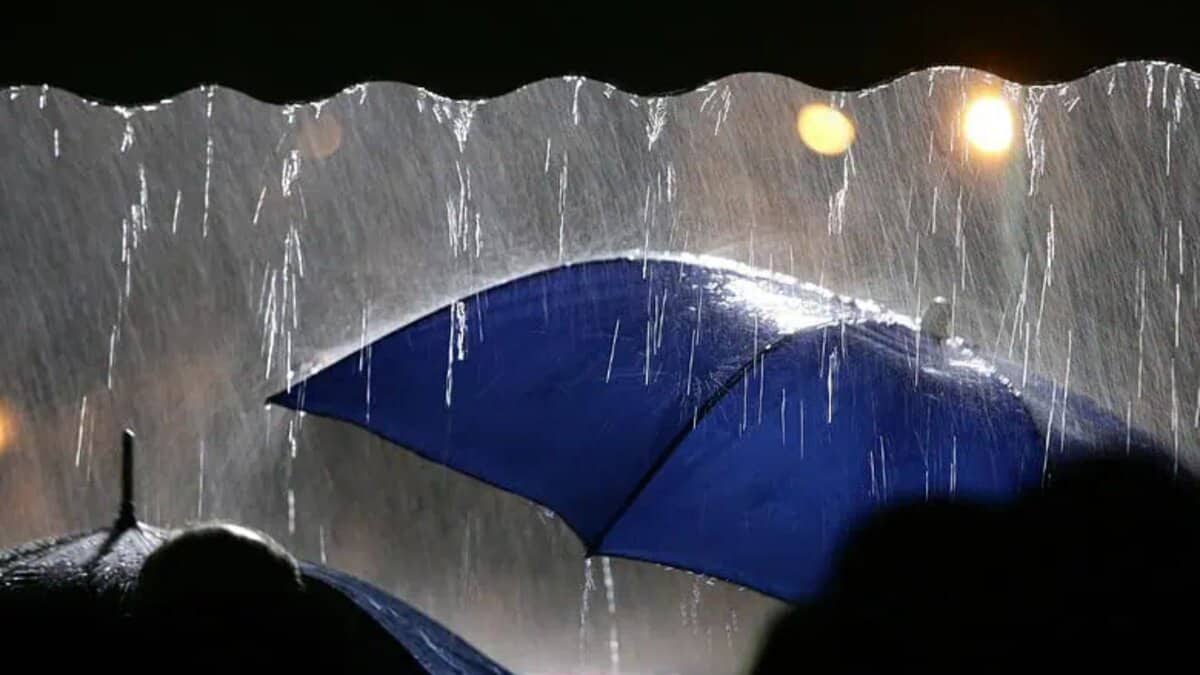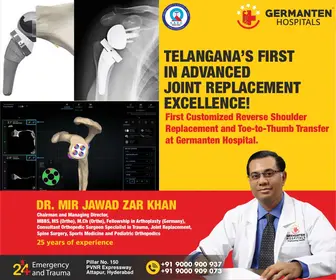
Hyderabad: Telangana chief minister A Revanth Reddy has instructed all district collectors to remain on high alert in view of the incessant rains across the state. He directed the collectors to regularly update the India Meteorological Department’s (IMD) rain forecast and to review the situation in coordination with all concerned departments.
The chief minister, who was in Delhi on Thursday, 24 July, spoke to officials at the chief minister’s office and enquired about the prevailing flood situation and the safety precautions being taken for people living in low-lying areas.
He ordered all departments to work in coordination to prevent inconvenience to city residents in the worst rain-affected areas, and directed them to take appropriate relief measures.
Revanth Reddy instructed the authorities to alert residents living near lakes and other water bodies brimming with floodwaters. Officials were also ordered to carry out rescue operations in flood-hit areas under the Greater Hyderabad Municipal Corporation (GHMC) limits.
He emphasised that all necessary precautions must be taken to avoid loss of life and property anywhere in the state.
The chief minister also instructed that officials must remain present in the districts to respond to any situation arising due to the rains and floods, and to provide all necessary support during rescue and relief operations.
He advised all senior officials to remain in contact with collectors and to review the situation regularly.
GHMC and HYDRAA share responsibilities
GHMC Commissioner RV Karnan directed all officials to coordinate with the Hyderabad Disaster Response, Assets Monitoring and Protection Agency (HYDRAA) and GHMC during monsoon emergencies, and to implement necessary measures to avoid inconvenience to city residents.
On Thursday evening, Karnan and HYDRAA Commissioner AV Ranganath held an emergency meeting at the GHMC headquarters to strengthen coordination among the GHMC’s engineering department’s superintending engineer, deputy executive engineer, assistant executive engineers, traffic, fire and HYDRAA officials, to effectively manage problems arising during the monsoon season.
Emphasising that HYDRAA’s primary responsibility is disaster management and response, Karnan stated that during the monsoons, GHMC’s engineering officials must fully support HYDRAA with technology, logistics and the required resources at the ward, circle and zonal levels.
He noted that GHMC would be responsible for de-silting and maintaining open drains, and for sharing data on lake water storage levels with HYDRAA to alert residents in low-lying areas.
AV Ranganath stated that HYDRAA would take charge of maintaining 11 underpasses in the city and cleaning rainwater channels to ensure there is no water stagnation on flyovers. He said HYDRAA would also be responsible for de-silting catch pits and conducting safety audits of drains.
Ranganath proposed that GHMC cooperate in setting up ward-wise T-points to facilitate the movement of soil generated during the desilting of catch pits.
R&B officials directed to remain on the field
Meanwhile, Roads and Buildings Minister Komatireddy Venkat Reddy instructed all department officials not to take leave unless absolutely necessary, in view of the continuous rains, and asked them to remain on the ground to respond to any emergencies.
Calling for “real-time ground monitoring”, the minister directed superintending engineers to be stationed at district headquarters and to continuously supervise their respective field teams.
“Engineers must assess the on-ground situation every few hours. The focus should be on the bridges, culverts, and roads under construction, especially in the flood-prone areas,” he ordered.
Citing the risk of overflow from rivulets and streams, the minister stressed that bridges and causeways must be inspected frequently, and any road damaged due to inundation must be restored immediately.
He also highlighted the importance of inter-departmental coordination between the electricity, irrigation, revenue, panchayat raj and police departments to manage emergencies and prevent mishaps.
“Loose electric poles, fallen high-tension wires, or washed-out roads can pose life-threatening risks. Officials must anticipate such situations and act preemptively,” he stressed.
He instructed officials to closely monitor the flow of water near rivers, lakes and tanks, and to anticipate damage to adjoining roads.
“The people should be alerted in advance in vulnerable stretches, and warning signage must be put up wherever needed,” he noted.


